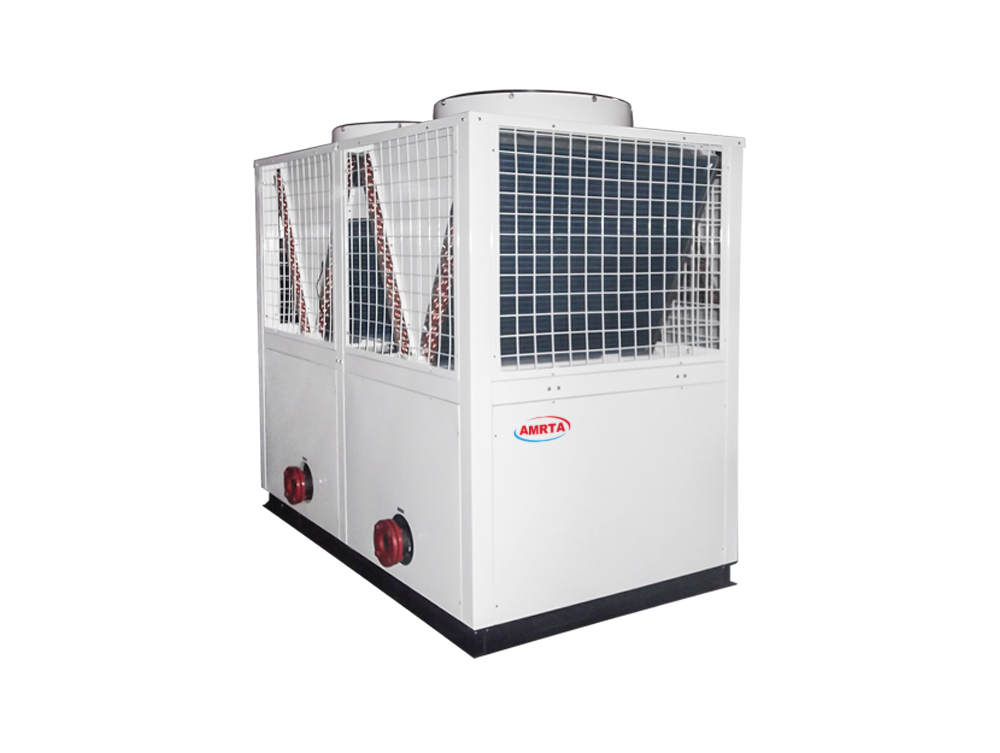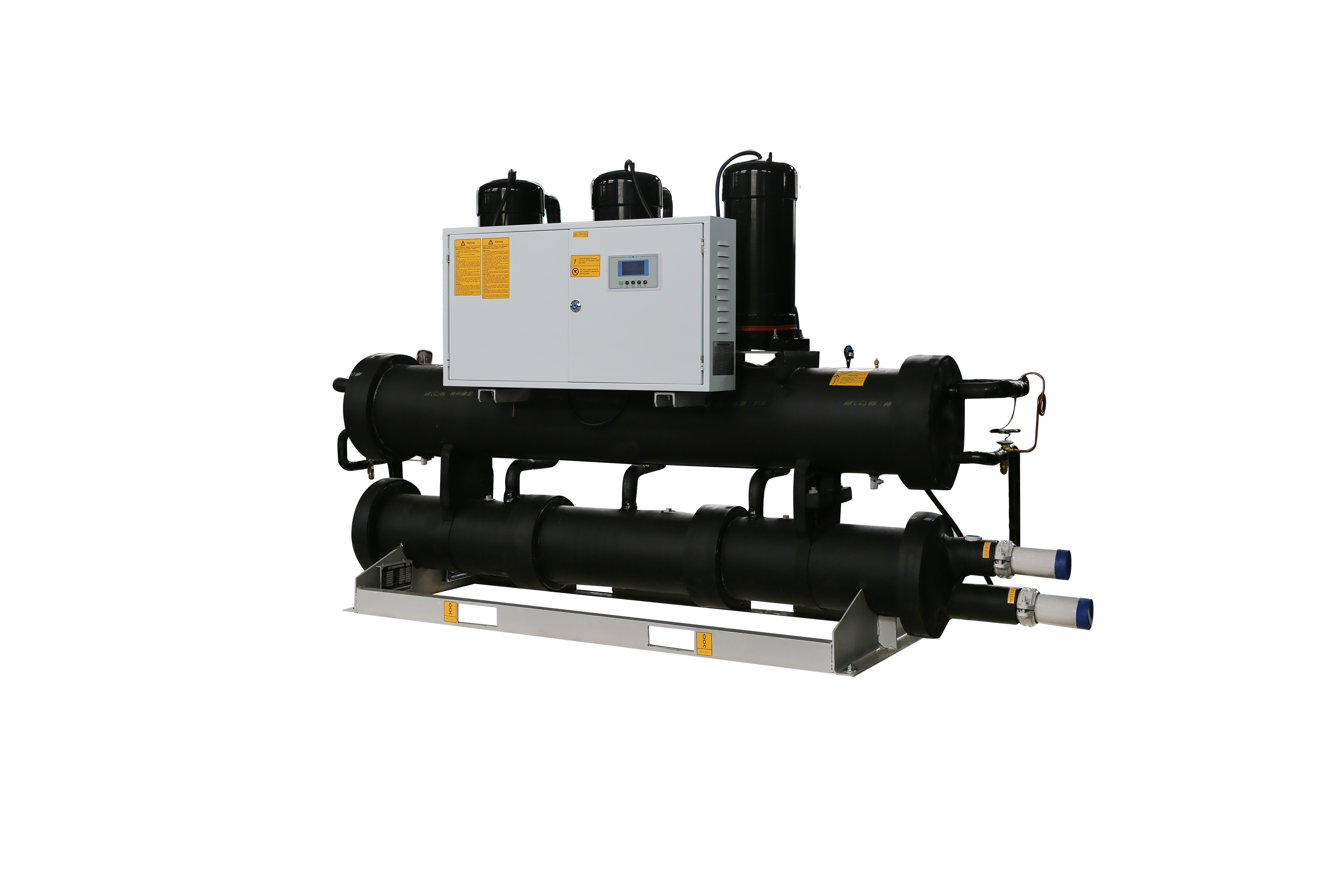In the new period of the 13th Five-Year Plan, food waste disposal is expected to become one of the darlings of the environmental protection industry. Know each other can be know yourself. Why is "food waste" frequently concerned? What food waste recycling problems? What are the techniques for handling food waste? ... ... Only by understanding such problems can better and faster promote the healthy and sustainable development of the industry.
30 billion market space to be opened kitchen waste disposal or into a "new darling"
In recent years, China's food waste treatment industry has risen rapidly. In late January, the National Development and Reform Commission issued the Guiding Catalog of Key Products and Services for Strategic Emerging Industries (2016 Edition), and listed the related equipment and technology research and development on the "Harmful Utilization of Recyclable Waste from Kitchen and Kitchen Wastewaters" into "Resources Recycling Industry "one of the sub-items. According to the E20 Research Report on Market Analysis of Food Waste Disposal (2016), it is estimated that the amount of food waste produced in China will reach 43.47 million tons in 2016. By the end of the "13th Five-Year Plan" period, the amount of food waste generated in China will Increased to 48.73 million tons, '13th Five-Year' is ushered in nearly 300 billion market space.
Why is "food waste" frequently concerned?
Affect the appearance of the city. Due to the lack of management and unsound mobile phone system, the vehicles and containers used for collecting and transporting meals are dirty. In addition, since other waste is contained in the food waste, there is often chaos in the initial sorting of rubbish Abandoned the phenomenon of abandonment, seriously affecting the city's environmental health and appearance.
Food safety hazards. Food waste contains hazardous substances, through various illegal channels to re-enter the food chain back to the human body, endangering people's health. Livestock such as pigs, cattle, sheep and sheep are susceptible to zoonotic diseases such as foot-and-mouth disease. The waste oil contains a large amount of carcinogenic substances. Long-term consumption can lead to deadly diseases such as bowel cancer, stomach cancer and liver cancer.
Cause environmental pollution. Food waste is very perishable rotting, in the transport, storage and processing, the need to take effective sealing and harmless measures. Otherwise, the food waste may cause peripheral air pollution due to stench, and it may also directly pollute the soil and water because of leakage or the like. In addition, food waste easily breeding mosquitoes and flies, attracting pests and insects, therefore, inevitably become a vector of infectious diseases.
What food waste recycling problems?
First, there is a lack of unified management. At present, China has not established a unified food waste recycling system, making food waste in an unexpected way to be recycled and processed, the garbage collection system lacks a unified management. The collection of food waste mixed with domestic garbage shall be cleared by the municipal and environmental sanitation departments and the traditional materials recovery shall be subject to the jurisdiction of commercial departments, commercial and industrial departments and street governments. This long management will make food waste recycling and resource utilization difficult The formation of a system, the lack of effective organization and management.
Second, the recycling channel is not convenient. With the development of human civilization and technological progress, the size of the cities inhabited by human beings is also constantly expanding. The number of cities and the population of urban residents are constantly increasing. The pollution of urban household wastes is also becoming more and more serious. Statistics show that the annual growth rate of municipal solid waste in the world has increased by 8.42%. Many cities are plagued by the "siege of garbage." Therefore, how to effectively deal with the problem of municipal solid waste has become one of the important issues of common concern to all mankind.
What are the techniques for handling food waste?
At present, the main technologies of food waste treatment include landfill, incineration, anaerobic digestion, aerobic composting, direct drying for feed and microbial treatment. Including landfill, incineration technology does not meet the national conditions, can not be harmless food waste treatment, energy utilization so there is no successful application of the case.
Anaerobic digestion technology: Anaerobic digestion is the natural degradation of organic matter in anaerobic environment. Microbial decomposition of organic matter in the process, the final generation of methane and carbon dioxide. The main environmental factors affecting the reaction temperature, pH, anaerobic conditions, C / N, trace elements (such as Ni, Co, Mo, etc.) and the allowable concentration of toxic substances. Its advantage is to have a high organic load capacity; can recover biomass energy. The disadvantage is that the project investment is large and occupies a large area. Equipment installation and debugging are relatively difficult, the process is complicated, the amount of biogas produced is large, the treatment is difficult, the degree of harmlessness is not high, the product is not sold well, and the operation cost is high.
High-temperature aerobic composting technology: high-temperature composting is carried out under aerobic conditions, relying on the role of aerobic microorganisms (mainly aerobic bacteria). In the composting process, the organic waste organic matter can be directly absorbed by microorganisms through the cell wall of microorganisms, while the insoluble colloidal organic matter is adsorbed on the outside of microorganisms first, relying on the extracellular enzymes secreted by microorganisms to decompose into soluble substances, Further into the cell. Microorganisms, through their own metabolic activities of life, carry out catabolism (redox process) and anabolism (biosynthesis) to oxidize some of the absorbed organics to simple inorganics and to release the energy required for the growth and activity of the organism. Another part of the conversion of organic synthesis of new cellular material, microbial growth and reproduction, resulting in more organisms. The advantage is simple process; product has agricultural value. The disadvantage is that the pollution of harmful organic substances and heavy metals can not be solved well, the harmlessness is not complete, the treatment process is not closed, and the secondary pollution is easily caused. The quality of organic fertilizer is greatly restricted by the components of food waste, which often leads to poor sales. The compost treatment cycle is longer, covers an area of ​​large, sanitary conditions are relatively poor.
Feed technology: Feed technology mainly uses physical means to heat kitchen food waste through high temperature, drying, sterilization and salt removal to finally produce protein feed additives, reclaimed water, biogas and other available substances. Its advantages are high degree of mechanization, high degree of resource utilization, small footprint. The disadvantage is the protein homology can not be avoided, product quality is not guaranteed, there are certain risks for feed.
Microbial treatment technology: Microbial treatment technology is the selection of natural life vitality and proliferation of high-temperature complex microbial strains in the biochemical treatment equipment, livestock and poultry meat, expired food, food waste and other organic waste at high temperature and high speed fermentation, So that all kinds of organic matter to be completely degraded and transformed; not only solve the timely, thorough and harmless treatment of various types of organic matter, reducing cross-infection and environmental pollution, and through resource recycling systems engineering, production of high viable bacteria, high energy, High-protein solid renewable resources --- active microbial flora; these groups in accordance with different formulations and special processes, after processing into high-quality microbial fertilizer and biological protein feed, used in organic, green ecological agriculture and Livestock and poultry, aquaculture, to achieve recycling of resources. Through the application of microbial technology, the environmental protection industry and the modern metropolitan agricultural industry develop synergistically with each other to realize the complete industrialization operation. Its high safety and economy provide an effective solution to the problems of urban soil and water quality, non-point source pollution and food safety solution. Its advantage is small footprint; processing time is short, no complicated sorting; high resource utilization; no secondary pollution, high degree of automation; microbial products can solve the problem of agricultural non-point source pollution; products have a good market, does not exist Protein homology, high product quality, higher value-added products; a good realization of the food waste disposal "resource, harmless and reduction." The disadvantage is the one-time investment is slightly higher, the back-end application of agricultural means of production of longer industrial chain.
AMRTA series air cooled water modular chillers and heat pumps are designed for outdoor installation and generally for both commercial and industrial application with the ability of 24 hours/day operation. The units are factory tested and on site installation will be completed only by connecting with the water kit components and power supply. The master module can work independently or together with up to 16 slave modules. Cooling capacity: 65kW- 260kW
Modular Scroll Water Chiller is with superior cooling systems, advanced control systems and reasonable structure assembly. Cooling capacity: 80kW, 120kW, 160kW.
This series modular Water Chiller is used to provide chilled water and hot water. In order to ensure the reliable operation of the unit, there are certain limitations of using WW series unit, mainly by environmental factors. Customer or operator must know about the following working conditions.
1.Ambient Condition: Unit condition: the unit is designed for indoor. If outdoor installation is required, there should be reliable rainproof measures; Temperature condition: air temperature-15~43℃for operation, air and water temperature -25~55℃ for storing. Humidity conditions: relative humidity 5 ~ 80% (no condensation) for operation.
2. Power Supply: Rated voltage: 380V±5% for continuous work; 380V±10% for short-term work; Three-phase power imbalance voltage: the voltage negative sequence and zero sequence components should not exceed 2% of the positive sequence component. Frequency: 50Hz ± 1% for continuous work.
Characteristics:
1. The master module water chiller can work independently or together with up to 16 slave modules.
2. Air cooled modular chiller with V type heat exchanger: panels, frame and base are made from galvanized steel protected with polyester powder painting to ensure total resistance to atmospheric agents.
3. 3-phase scroll type compressor, with built-in thermal overload cut-out and crankcase heater, mounted on rubber vibration dampers.
4. External rotor type axial fans, equipped with 3-pahse direct drive motors, low noise 9 poles, protection level IP54, provided with a protective outlet grille.
5. Evaporator built with high efficiency shell and tube type heat exchanger, factory insulated with flexible close cell material.
6. Condenser built with seamless copper tubes mechanically expanded into bule hydrophilic aluminum fins.
7. Electric panel consist of: compressor contactor, fan motor contactor, compressor protection breaker, fan protection breaker, phase sequence relay and microprocessor with function display(display only for master/air cooled packaged chiller unit). automatic operation dramatically reducing maintenance cost thanks to reliable microprocessor system.


Modular Water Chiller,Industrial Modular Water Chiller,Low Temperature Modular Water Chiller,Dairy Water Chiller
Jinan Amrta Air Conditioning Co.,Ltd , https://www.amrtaac.com